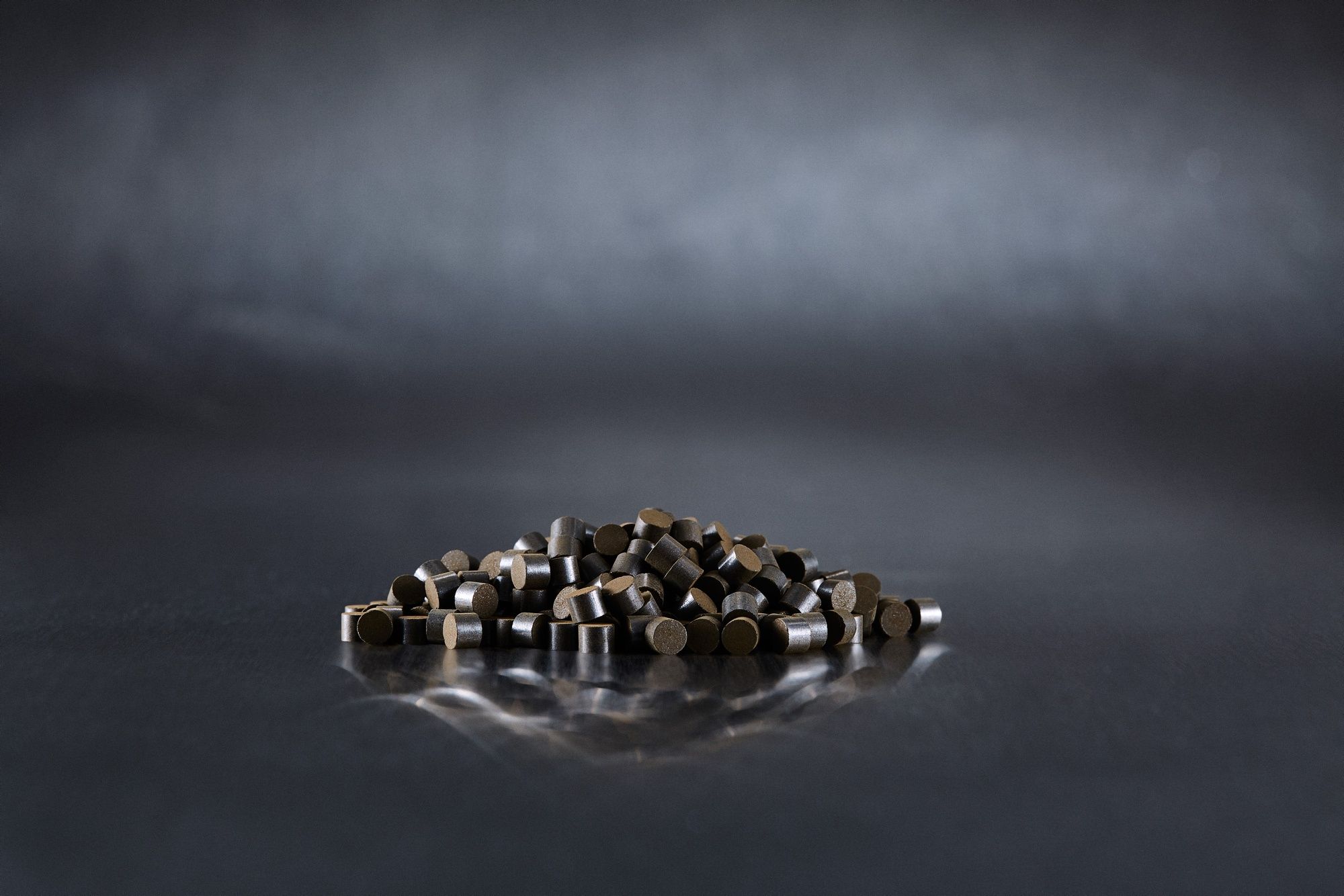Choosing high performance LTS catalyst for improved efficiency

In an increasingly competitive market, catalyst selection is of significant importance when it comes to optimizing performance in ammonia and hydrogen plants. By installing high performance catalysts, it is possible to improve the overall plant efficiency and ensure optimal feedstock utilization, thereby increasing profit margin.
In traditional ammonia plants, the final conversion of carbon monoxide to the hydrogen required for ammonia synthesis takes place across the low temperature shift (LTS) catalyst. This makes the LTS catalyst one of the most important catalysts in the plant and even small changes in its performance will have a significant impact on operational costs. By choosing a high performance LTS catalyst, the overall plant efficiency can be greatly boosted, leading to significant production gains.
Fundamental research
A fundamental understanding is the key to all new developments. Consequently, a significant part of our research activities is focused on long-term and fundamental research.
The objective for our research efforts within the area of LTS conversion is at all times to provide our customers with state-of-the-art products that meet the requirements for cost-effective ammonia and hydrogen production. A high performance LTS catalyst must be optimized with regard to key parameters such as activity, stability, selectivity and poison resistance.
We wanted to develop a catalyst superior in all aspects for efficient low temperature shift conversion and that work resulted in a new generation of low methanol LTS catalyst, LK-853 FENCE™.
.jpg?width=800&name=IML-00007650%20(1).jpg)
LK-853 FENCE™ is a result of our fundamental research efforts.
Superior performance
LK-853 FENCE™ is a state-of-the-art catalyst for ammonia and hydrogen production, offering extraordinary advantages for our customers. LK-853 FENCE™ is used in ammonia and hydrogen plants for the conversion of carbon monoxide via the water-gas shift reaction. It is cesium promoted for minimum methanol by-product formation.
Since the late 1990s, the predecessor, LK-823, has been recognized as the most active, commercially available low methanol LTS catalyst. During the development of LK-853 FENCE™, LK-823 has been used as the benchmark catalyst. The benefits of LK-853 FENCE™ include consistently higher conversion rates, increased poison resistance, low methanol formation and prolonged catalyst lifetimes.
.jpg?width=800&name=Graphs%20brochure%20(002).jpg)
Economical gain from using premium LTS catalyst.
FENCE™ technology
The knowledge gathered throughout the years has been combined and constitutes the foundation of the FENCE™ technology, which is the basis for low methanol LTS catalyst, the LK-853 FENCE™.
The basic principle of the FENCE™ technology is to stabilize the finely dispersed copper nanoparticles in the catalyst by creating a separation between them of multiple oxide particles. The FENCE™ technology creates a picket fence of metal oxide crystals that prevent sintering of the copper crystals, which ensures high stability of the active sites over the catalyst lifetime.

Share your thoughts
Comment on this post